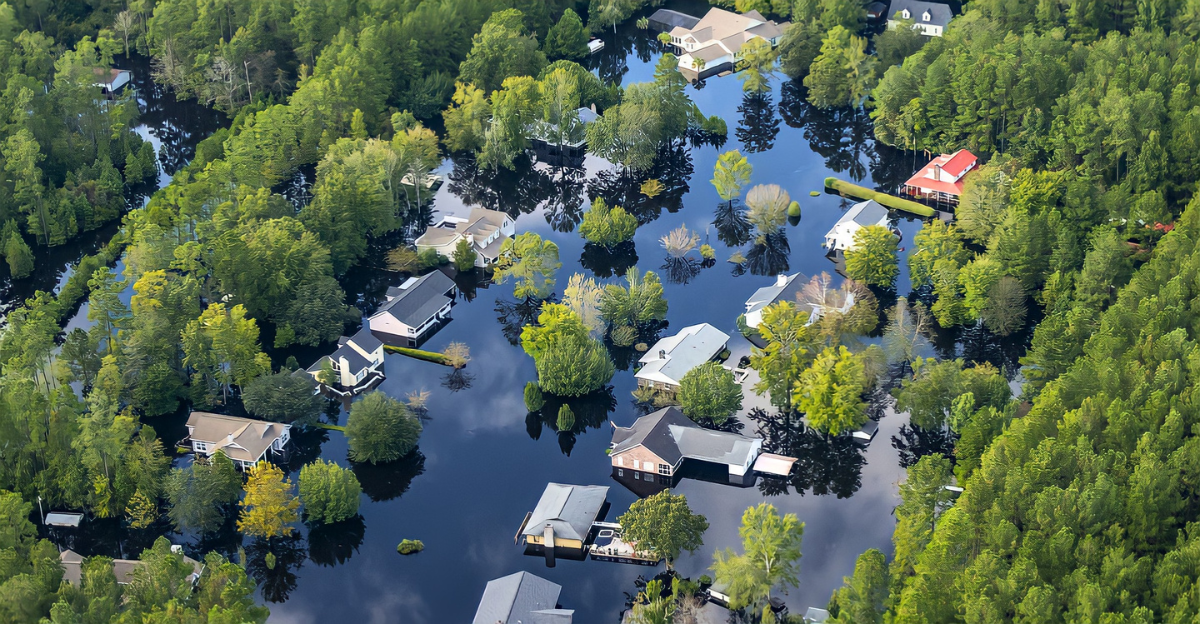
When at least 75% of a species disappears in a geologically brief time frame, typically less than two million years, it is referred to as a mass extinction, indicating a rate significantly higher than the background extinction rate. Five such significant occurrences, referred to as the “Big Five,” have occurred on Earth, all of which were fueled by abrupt and drastic changes in the climate and the makeup of the environment.
Knowing the causes of these extinctions, such as habitat loss, climate change, and atmospheric chemistry, is crucial for predicting how current human-caused changes may similarly upset ecosystems around the world. This framework lays the groundwork for identifying the similarities between the current environmental crisis and the causes of ancient extinctions.
A Volcanic Warning Regarding the Permian-Triassic Extinction
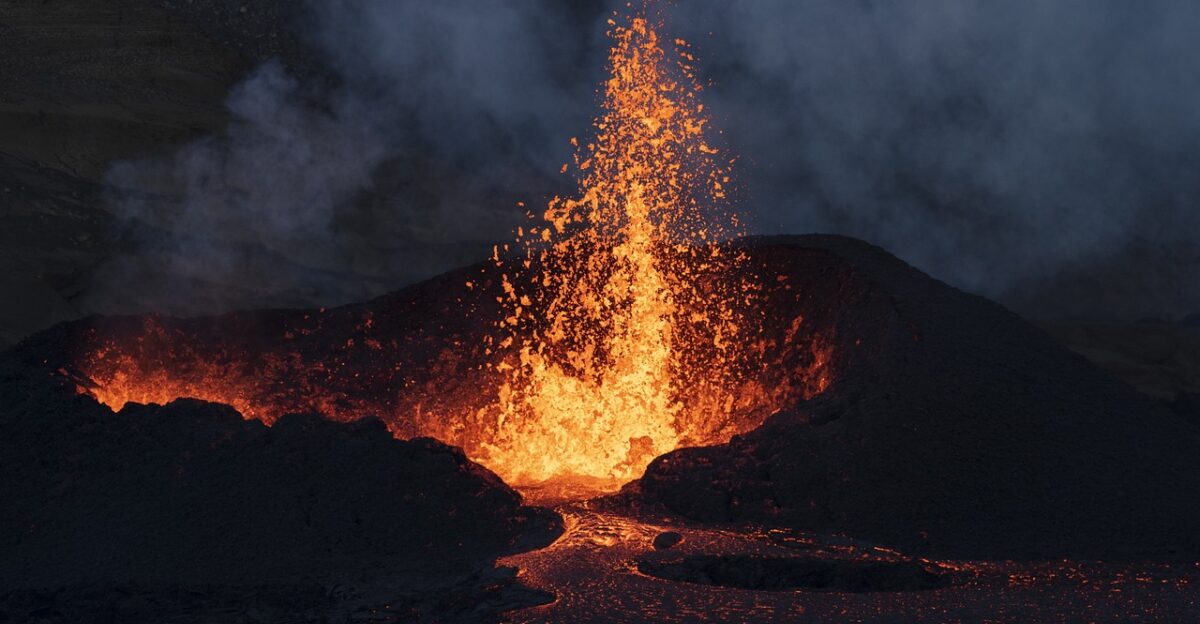
Around 252 million years ago, the Permian-Triassic Extinction Event, also referred to as the “Great Dying,” destroyed roughly 96% of marine species and had a significant impact on terrestrial life. It was the most catastrophic extinction event in Earth’s history. Massive volumes of CO2, sulfur, and halogens were released into the atmosphere by the Siberian Traps, an area of intense volcanic activity in Siberia that was a significant contributing factor in this disaster.
By eradicating entire groups of organisms, this event drastically altered life on Earth and made room for the emergence of new evolutionary lineages during the Triassic period. Because of the unprecedented size and duration of the volcanic eruptions, greenhouse gases were released into the atmosphere more quickly than could be countered by natural processes, setting off a series of environmental crises.
The Unexpected Contribution of Forests to Historical Extinction
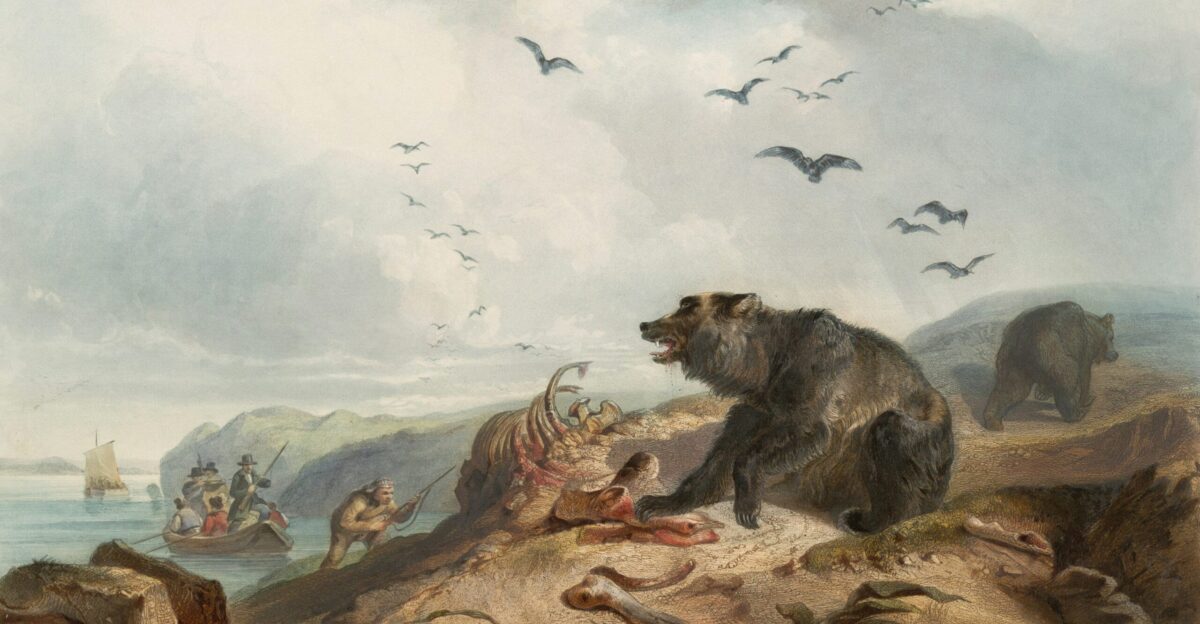
According to new research, the Permian-Triassic Mass Extinction’s destruction of tropical forests may have contributed significantly to the subsequent global warming, which was previously underestimated. Carbon sequestration, the natural process by which CO2 is taken out of the atmosphere and stored in plants and soils, was significantly diminished when these enormous forests were lost.
The collapse of the forest probably set off feedback loops that further weakened ecosystems by causing nutrient depletion, soil erosion, and the loss of habitat for innumerable species. These domino effects prolonged the harsh environmental conditions and postponed ecological recovery. This viewpoint contradicts previous models that mainly concentrated on volcanic emissions, emphasizing the critical function of terrestrial ecosystems in regulating the planet’s climate and the catastrophic outcomes that result from their failure.
Reverberations of the Past: The Contemporary Danger of Deforestation
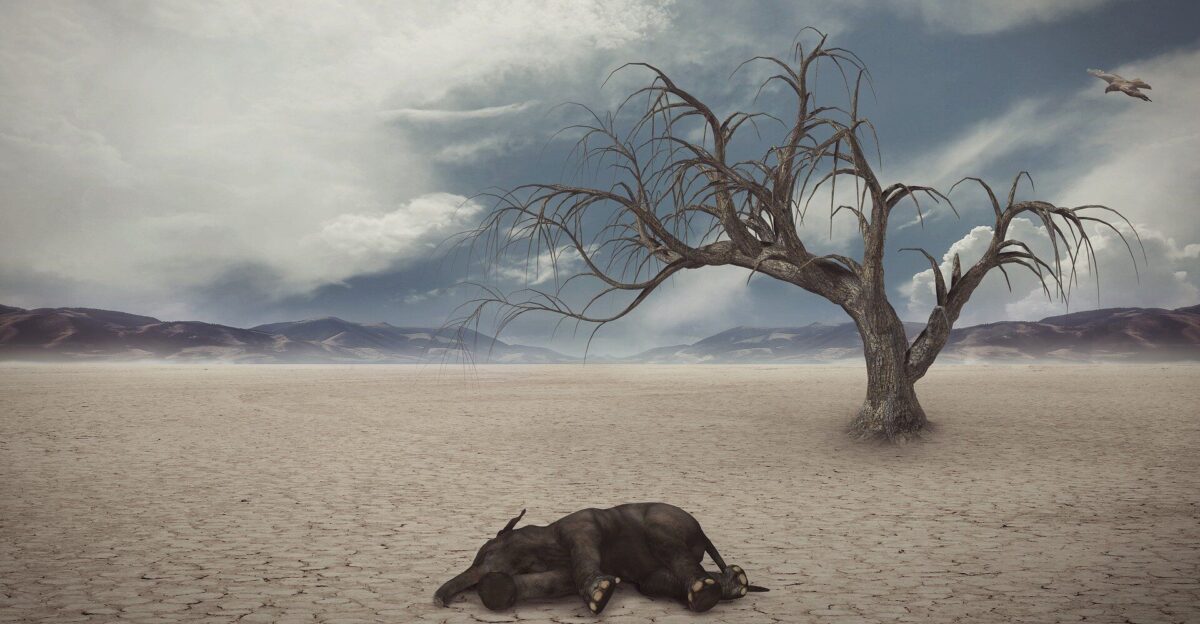
The story of the Permian-Triassic Extinction provides a terrifying analogy to the widespread deforestation that is occurring today. An estimated one-third of the world’s tree species are currently in danger of going extinct due to human activities, such as habitat loss. This is similar to how forests collapsed during the Great Dying in the past, making climate instability worse.
Deforestation also exacerbates environmental stress by interfering with water cycles, decreasing biodiversity, and making people more susceptible to natural disasters. As an example of how ecological degradation leads to socioeconomic crises, the loss of forest ecosystems also poses a threat to indigenous communities and the world’s food supply. Understanding these similarities is essential to presenting deforestation as a threat at the global scale that directly affects climate regulation and human survival, rather than just habitat loss.
The Causes of the Current Ecological Crisis

Human industrialization and consumption patterns are contributing to the rapid warming of the planet, much like ancient volcanic activity did by flooding the atmosphere with greenhouse gases. Invasive species, habitat destruction, overfishing, overhunting, and anthropogenic climate change are all contributing to a “biological annihilation.” We are clearly in the midst of a sixth mass extinction event, as evidenced by the fact that the current rate of species extinction is hundreds of thousands of times faster than natural background rates.
These ecosystems support agriculture, health, and economic stability by offering vital services like pollination, water purification, and climate regulation. Because species are interdependent, the extinction of one can trigger a more widespread ecological collapse. Economic systems that put short-term profits ahead of long-term sustainability and sociopolitical inertia exacerbate this crisis.
Trees Issue a Warning: Carbon Sequestration Is in Danger
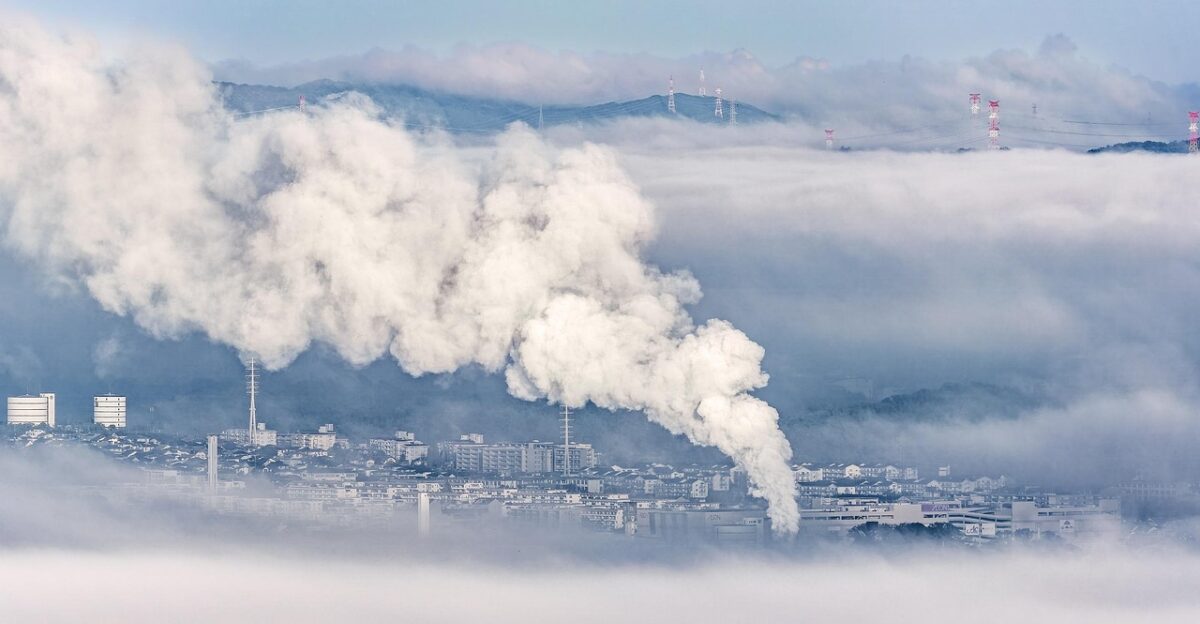
The Permian-Triassic event serves as an example of a critical feedback loop: the initial disturbance of the environment caused by volcanic activity resulted in the collapse of forests, which further exacerbated global warming by impairing Earth’s ability to sequester carbon.
Today, this essential planetary function is directly under attack from human-driven deforestation and forest degradation. Clearing forests has a double effect on the climate because it not only reduces their ability to absorb CO2, but it also frequently releases the carbon that has been stored there back into the atmosphere.
Dispelling Myths: Going Beyond Asteroids
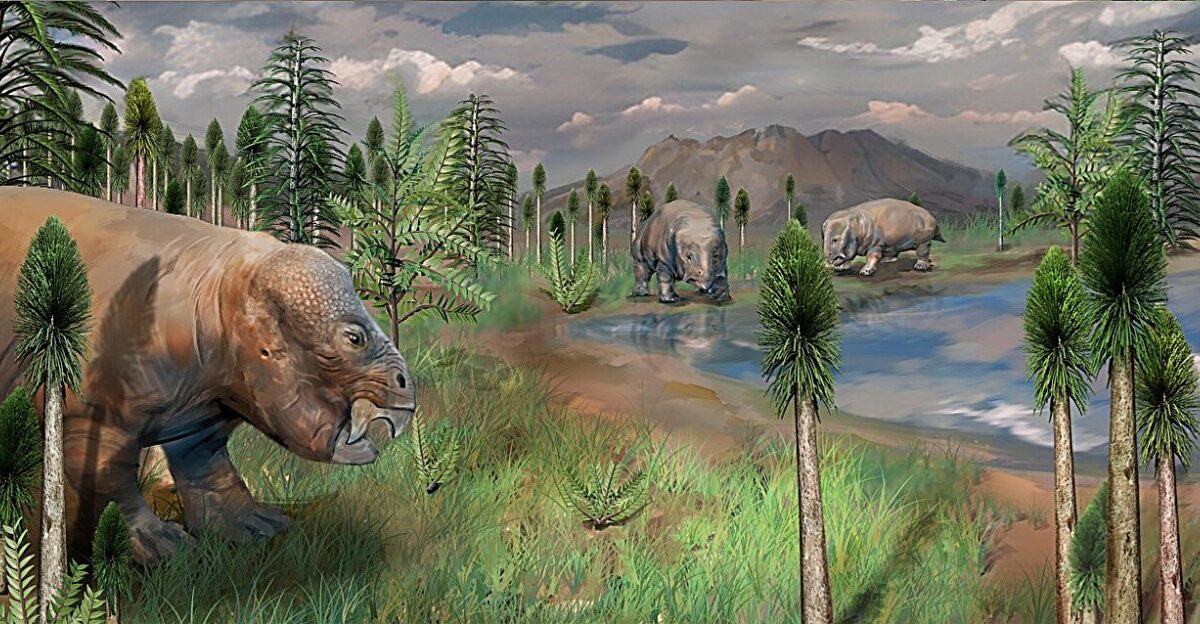
The Permian-Triassic event illustrates a more intricate interaction, whereas popular narratives frequently attribute mass extinctions to isolated, dramatic events like asteroid impacts, as was the case with the Cretaceous-Paleogene extinction. It demonstrates how the ecosystem’s ability to recover and control atmospheric composition significantly influenced the long-term environmental effects.
The loss of carbon-sequestering forests was a major contributing factor to the prolonged global warming following the Permian extinction, in addition to the initial volcanic pulse. This casts doubt on the oversimplified perspective by arguing that natural carbon cycles and ecosystem resilience are just as important, if not more so, factors in post-catastrophe recovery.
The Relationships Between Extinction Events
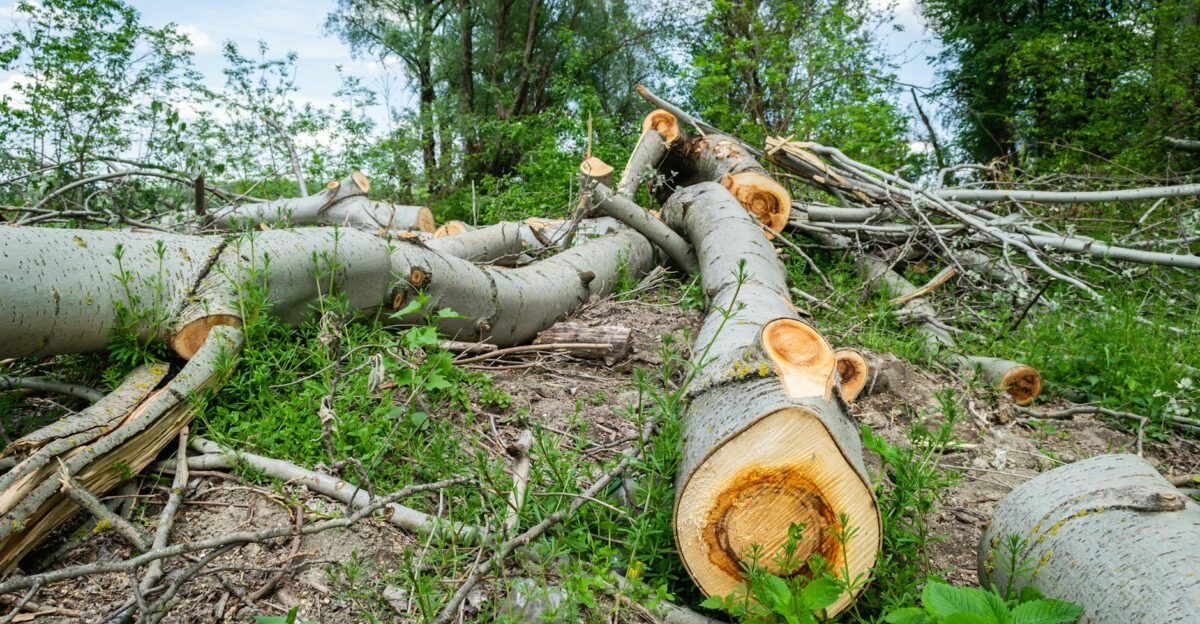
A crucial pattern becomes apparent when comparing the Permian-Triassic extinction to the current one: both involve a significant disruption of the global carbon cycle, primarily due to the effects on vegetation, and a massive influx of greenhouse gases, initially from volcanism and now from human activity.
This historical lesson is a sobering reminder that current climate change and deforestation are interrelated problems that have the potential to plunge Earth into a protracted and catastrophic period of biological decline. Furthermore, because of the intricacy of these feedback loops, interventions need to be comprehensive and systemic, addressing biodiversity, land use, and emissions all at once.
Human Reaction: The Emerging Disaster
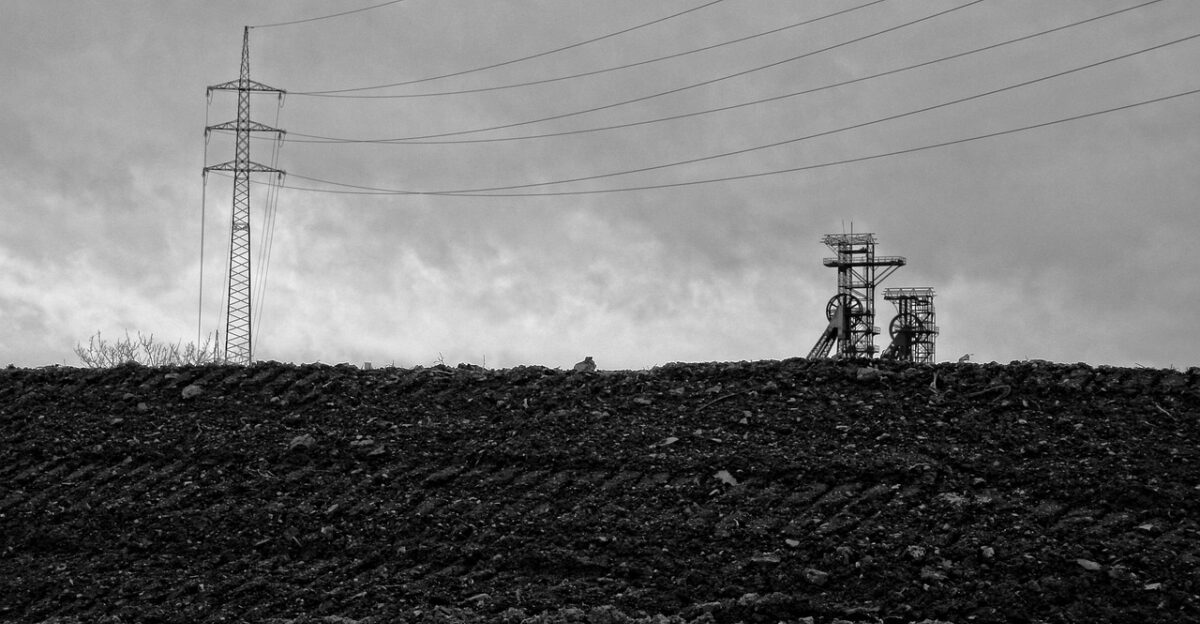
The magnitude of the human response is still insufficient, even though there is broad scientific agreement that anthropogenic factors are causing species extinction to occur at an accelerated rate. The failure to stop deforestation and move away from fossil fuels, which cause climate change, indicates that people are not paying attention to the “warning from the trees.”
Cognitive biases that impede effective policy and behavioral change, such as short-termism, denial, and diffusion of responsibility, exacerbate this failure. In addition to technological innovation, significant changes in economics, governance, and cultural values toward sustainability and ecological stewardship are needed to address this crisis. Because of the existential stakes, immediate and concerted international action is required.
A Permian Self-Inflicted
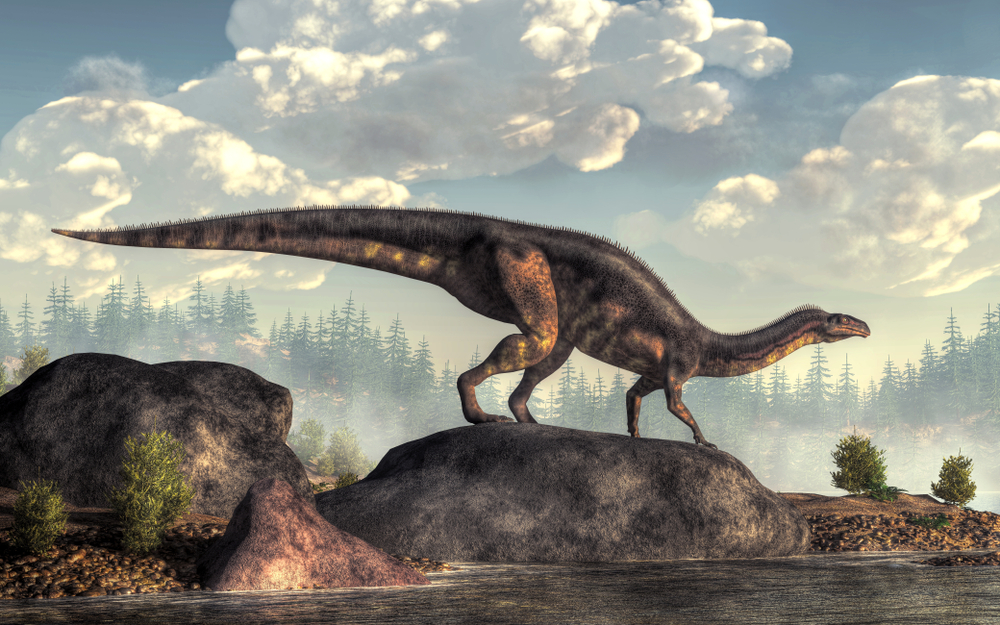
The argument that Earth’s forests sent a crucial warning during the planet’s largest mass extinction event is strongly supported by the evidence, and humanity is now regrettably repeating that ancient mistake. The Permian-Triassic cataclysm showed how the loss of massive forests that stored carbon intensified and extended a period of severe global warming, trapping the planet for millions of years in a super-greenhouse state.
We are destined to repeat the “Great Dying,” turning a historical warning into a current and possibly irreversible reality unless humanity drastically changes its relationship with nature, especially its forests. Policymakers, scientists, and citizens must all acknowledge the interdependence of climate, biodiversity, and human well-being in light of this sobering conclusion, which makes forest conservation and restoration a key component of international sustainability initiatives. Learning from the past and taking decisive action in the present are essential to the survival of life on Earth.







